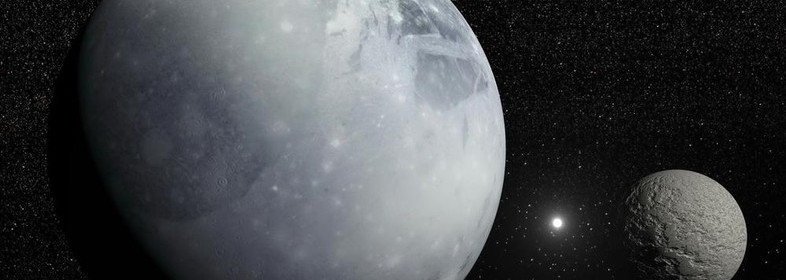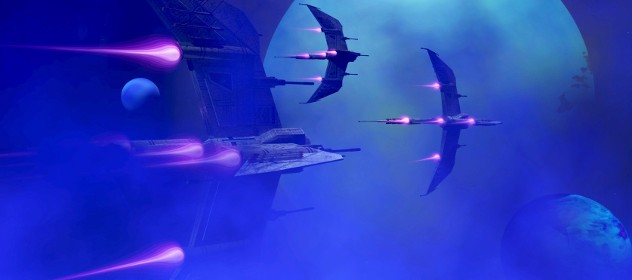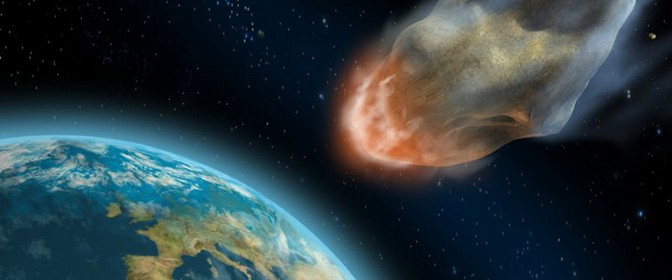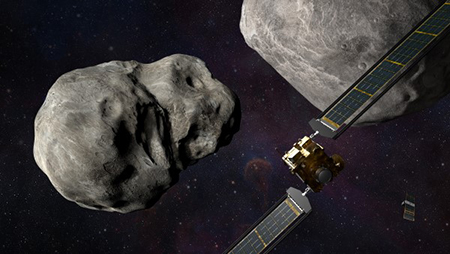Are There Two More Planets In Our Solar System?

New data suggests there may be two undiscovered planets lurking on the outer fringes of our solar system. Astronomers at the Complutense University of Madrid have detected curious abnormalities in the orbits of a belt of icy rocks at the edge of the solar system, far beyond the orbit of Neptune, the eighth and final known planet. (In 2006, Pluto […]
Read more








